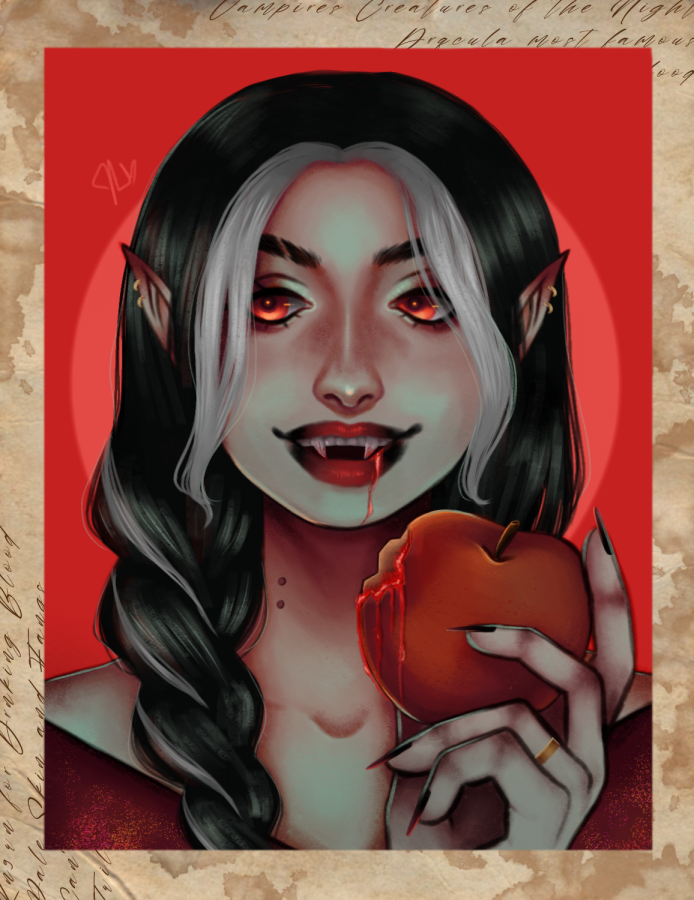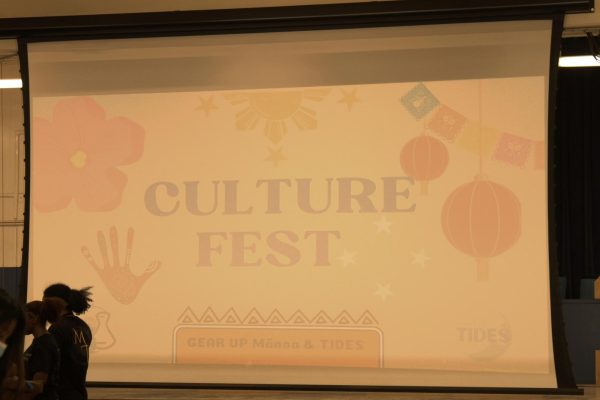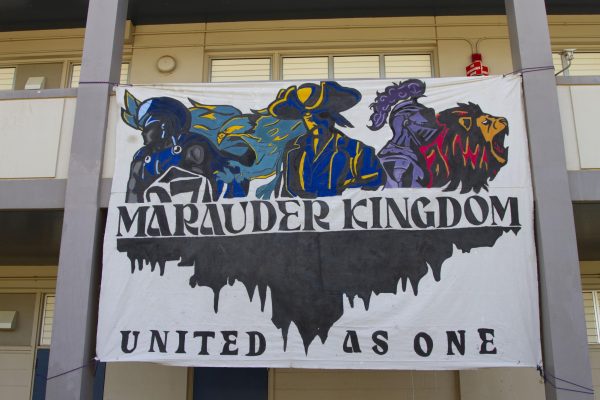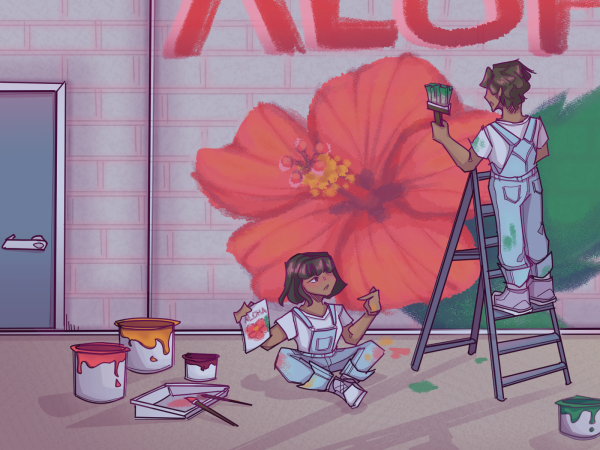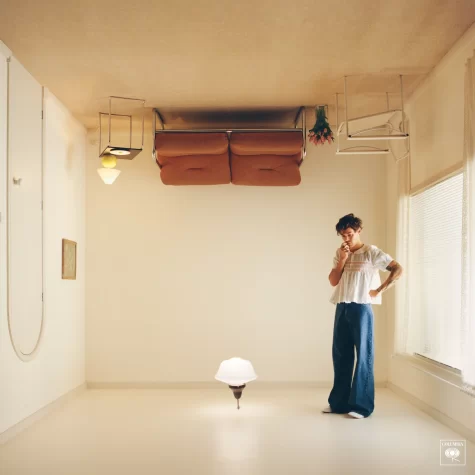Origins of infamous monsters and legends
Everyone knows about at least one monster or urban legend, whether they learned about it in a movie, through rumors, or while scrolling through TikTok. But is every story the same, or are there twists and turns in every retelling?
When I think of vampires, I think of the media portrayals that I have seen on TV and in books. They are either that pretty, pale, wise character in romance stories like “Twilight” or “Vampire Knight,” or they are monsters who crave human blood and world domination like those in “Seraph of the End” or “Castlevania,” to name a few.
Lusia Mafi (‘24) says she first heard about vampires from media like “My Babysitter’s a Vampire,” “Twilight,” and the Monster High character Draculaura. She describes vampires as, “basically a type of monster who craves the blood of another human, or animal. It is like water to them. They need it to survive.”
Vampires are believed to be creatures that roam the world at night searching for people to feed on. Legends of vampires thrived during the middle ages in Europe during the plague. People were very superstitious and would label any unfamiliar physical or mental illness as a vampire’s doing.
Dracula is one of the world’s most famous vampires, but who was he? Vlad Dracula, also known as Vlad the Impaler, ruled Walachia, Romania, and was known for his brutal way of killing enemy soldiers by impaling them with a wooden stake and dipping their blood in his beard.
I first heard about ghosts through Halloween TV specials or horror movies, my favorite being Dimple from “Mob Psycho 100.” Personally, I don’t know if I have had any real encounters with ghosts, but I have had some creepy moments from time to time.
Legends of ghosts have been around since humans were aware of their inevitable death. Ghosts are believed to be a human soul that continues to exist after a person’s death because of a traumatic event or unfinished business they have. The Romans believed that there were two types of ghosts: “lemure” are angry spirits that haunt the living, and “manes” guide and protect their loved ones.
When I think of the boogeyman, I think of its interpretation in “The Nightmare before Christmas,” the creepy, all-powerful, all-knowing ancient being that lives under your bed or in the corners of your room late at night waiting to get you if you stay up past your bedtime (which is something my parents would tell me to say in bed so that they could have some peace past 8).
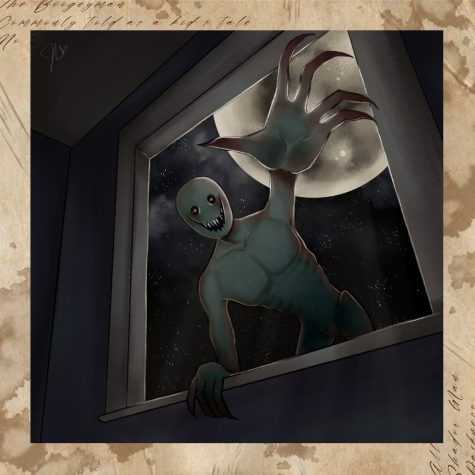
Madison Elie (‘24) says that to her, the Boogeyman is not a specific figure, but rather presented as a scary male figure or shadow man. It is “a thing who lurks in the background just to haunt and scare you, not for any particular reason.” Elie and some of her friends have been afraid of its “presence” until their preteen years, talking about how they would experience electronic toys going off, or experiencing the unsettling feeling of being watched at night when they slept.
Stories of the Boogeyman can be found all over the world, often serving ways for parents to keep children in line.
When I think of the Loch Ness Monster, I think of the Tanystropheus toy that lives in my fish tank at home. I only really heard of this creature in movies like “Loch Ness” (1996) or “Nessie and Me” (2017).
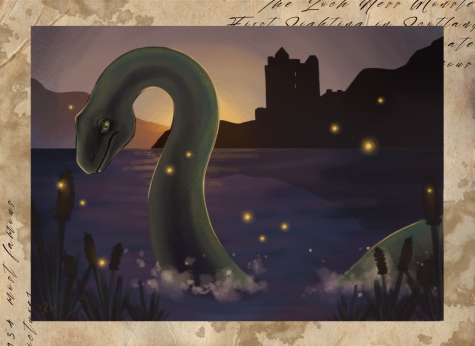
The Loch Ness Monster is a creature that is believed to have lived in Loch Ness in Scotland for around a thousand years. The earliest known sighting of the creature was from a biography of Saint Columba. It states that he confronted a beast at Loch Ness that was eating people, scaring it to “go back with all speed!” into the lake. Since then, there have been numerous “sightings” over the years: people seeing what seemed to be a large serpent-like creature in the lake, boats and docks being damaged, and even people hearing the low grumble of the Loch Ness Monster.
Kimberly Murphy is a 12th grader in the Academy of Professional & Public Services.

